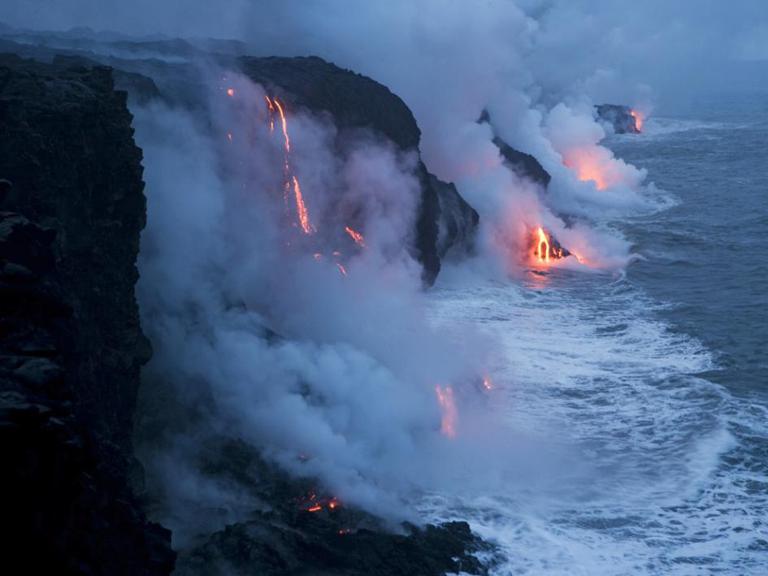When thick magma and large amounts of gas build up under the surface, eruptions can be explosive, expelling lava, rocks and ash into the air. Less gas and more viscous magma usually mean a less dramatic eruption, often causing streams of lava to ooze from the vent.
The mountain-like mounds that we associate with volcanoes are what remain after the material spewed during eruptions has collected and hardened around the vents. This can happen over a period of weeks or many millions of years.

A large eruption can be dangerous for people living near a volcano. Flows of searing lava, which can reach 2,000 degrees Fahrenheit (1,250 degrees Celsius) or more, can be released, burning everything in their path. Boulders of hardening lava can rain down on villages. Mud flows from rapidly melting snow can strip mountains and valleys bare and bury towns.
Ash and toxic gases can cause lung damage and other problems, particularly for infants and the elderly. Scientists estimate that more than 260,000 people have died in the past 300 years from volcanic eruptions and their aftermaths.
Comment list ( 0 )
